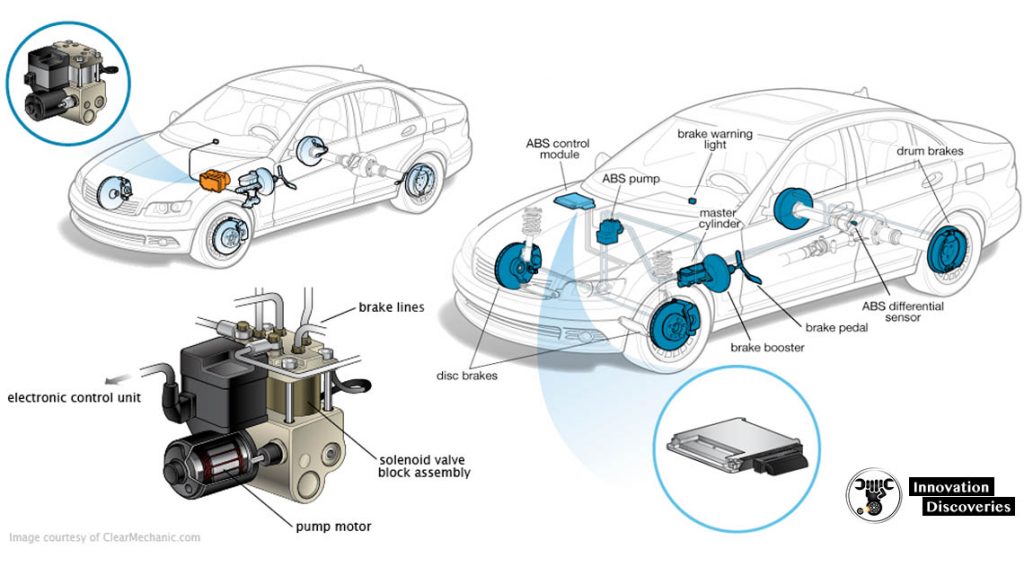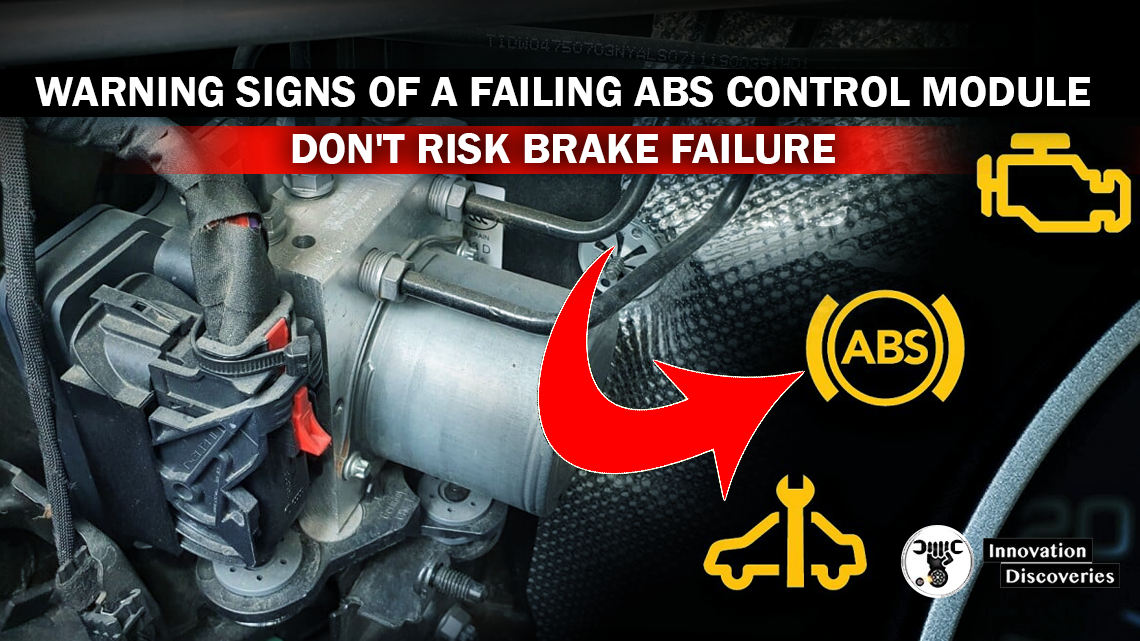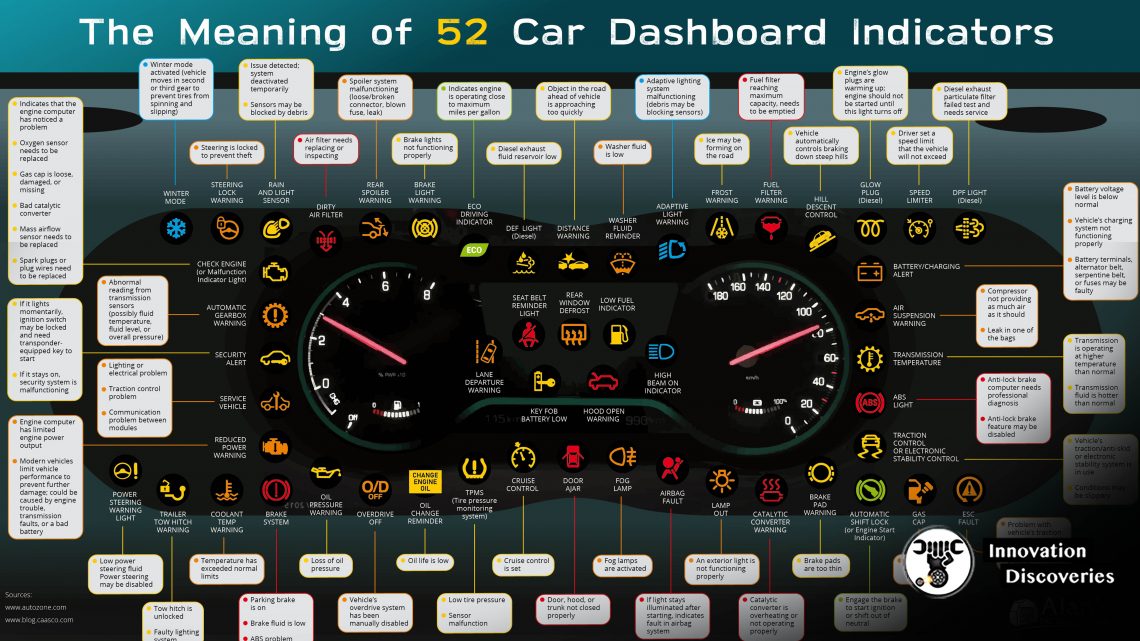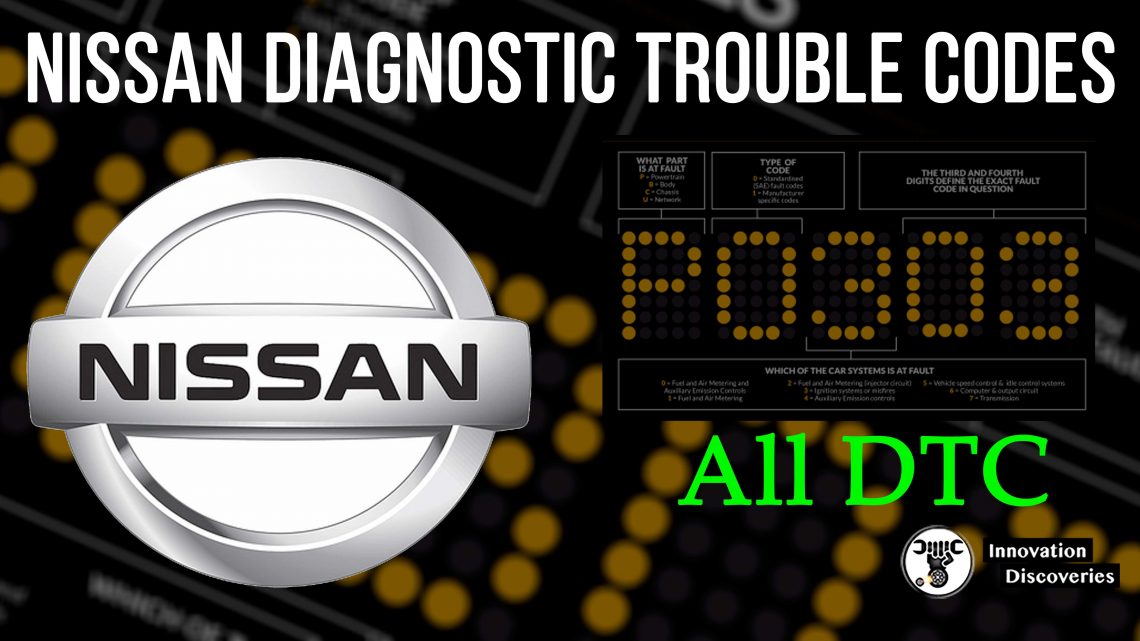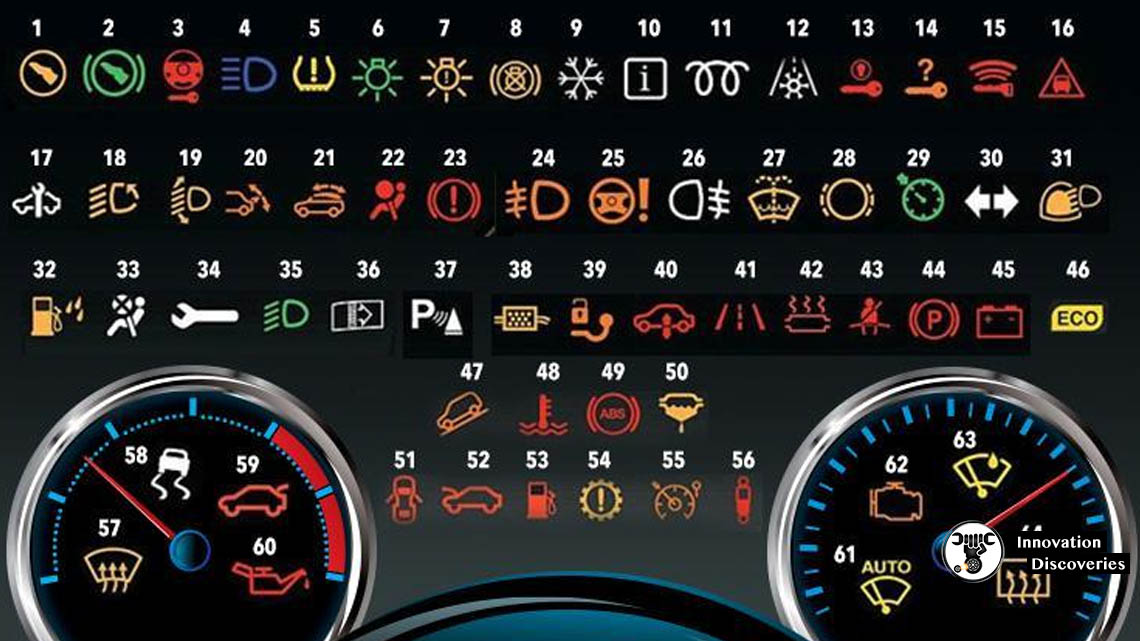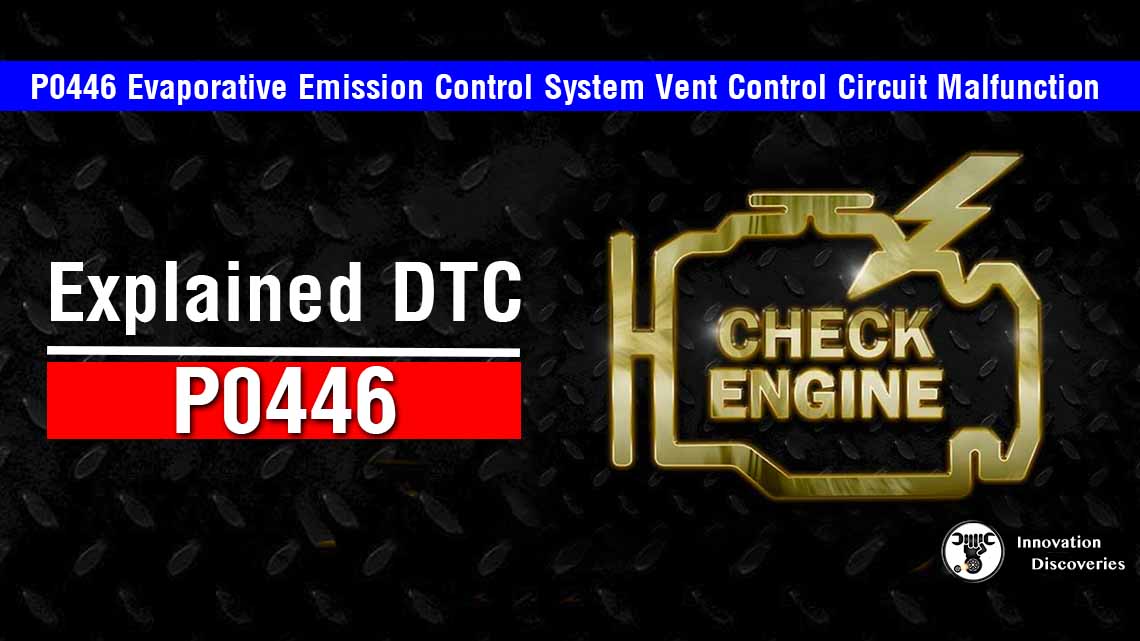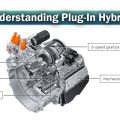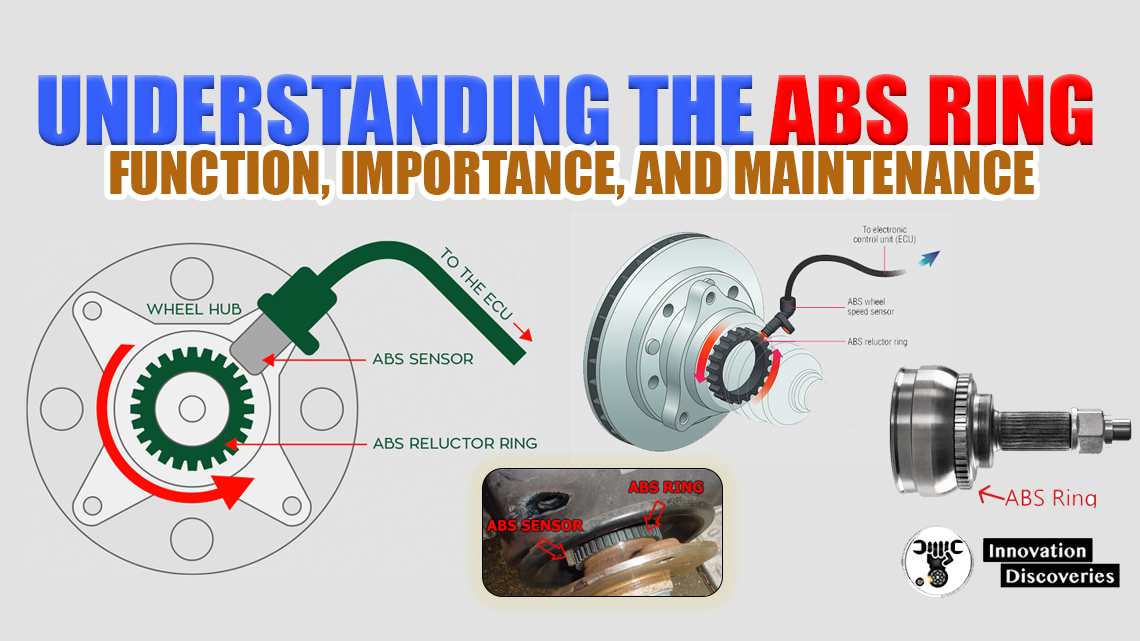
Introduction:
In the realm of automotive safety, the Anti-lock Braking System (ABS) plays a critical role in preventing accidents and ensuring optimal control during emergency braking situations. The ABS ring, also known as the tone ring or reluctor ring, is a vital component of the ABS system.
In this article, we will explore the function, importance, and maintenance of the ABS ring, shedding light on its significance in modern vehicle safety systems.
Function of the ABS Ring:
The ABS ring is typically located on the outer circumference of the vehicle’s wheel hub or axle shaft, adjacent to the wheel bearing. Its primary function is to provide precise information about the rotational speed of each wheel to the ABS system.
By monitoring the rotational speed, the ABS system can detect any wheel lock-up during braking and adjust the brake pressure accordingly to prevent skidding.
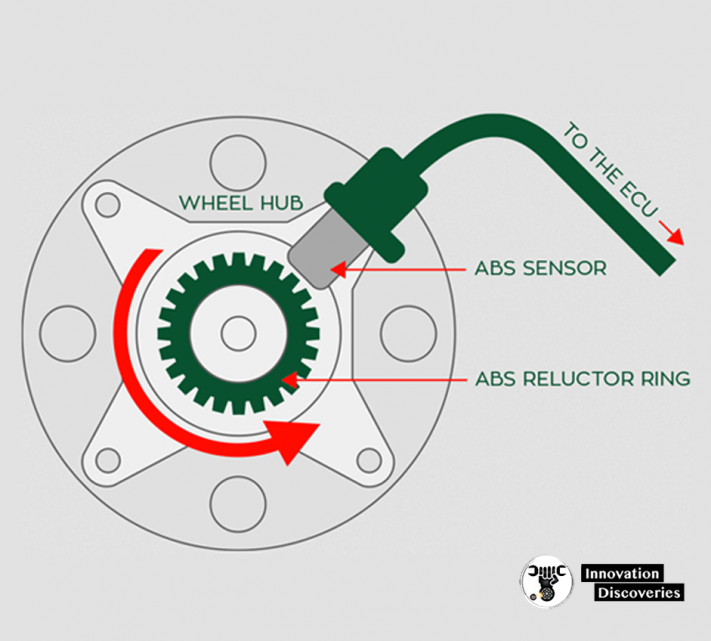
Structure and Composition:
The ABS ring is commonly made of metal, such as steel or aluminum, and is designed as a circular or toothed disc. It features a series of evenly spaced teeth or notches along its circumference. The number of teeth on the ring varies depending on the vehicle make and model, with more teeth resulting in a higher resolution of rotational speed detection.
How It Works:
The ABS ring works in conjunction with a magnetic sensor, known as the wheel speed sensor or ABS sensor. The sensor is positioned close to the ABS ring, and as the ring rotates, the teeth or notches create a fluctuating magnetic field around the sensor. This variation in the magnetic field generates an alternating current (AC) signal, which is sent to the ABS control module for analysis.
Importance of the ABS Ring:
The ABS ring is crucial for accurate wheel speed detection and effective operation of the ABS system. By constantly monitoring the rotational speed of each wheel, the ABS system can intervene when it detects an impending wheel lock-up, allowing the driver to maintain steering control and prevent skidding.
This improves overall vehicle stability, reduces the braking distance, and enhances safety, especially in adverse weather conditions or emergency situations.
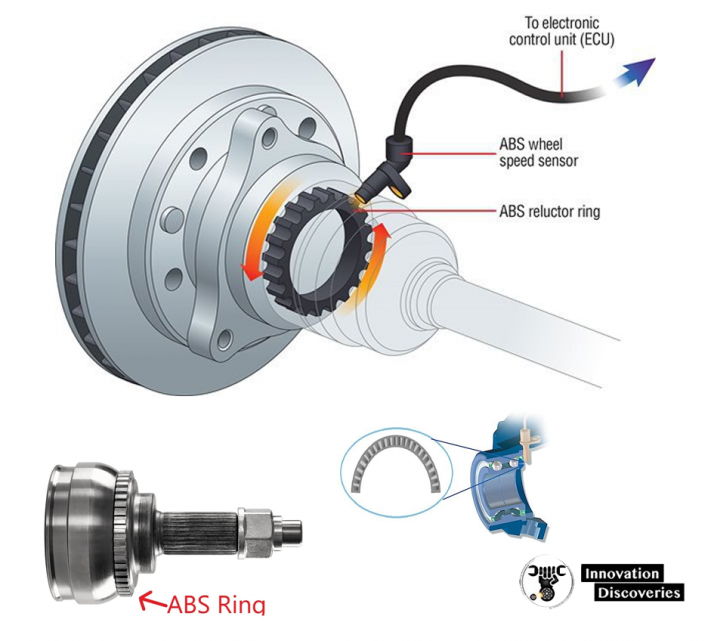
Maintenance and Common Issues:
While the ABS ring is a durable component, it can be susceptible to damage or malfunction due to various factors. Here are some common issues associated with ABS rings:
- Contamination and debris:
The ABS ring can accumulate dirt, brake dust, or debris over time, affecting its accuracy. Regular cleaning during routine maintenance can help prevent this issue.
2. Corrosion and rust:
Exposure to moisture, road salt, or harsh environmental conditions can cause corrosion or rust on the ABS ring. This can lead to sensor misreadings or complete failure. Inspecting and replacing corroded rings is essential.
3. Physical damage:
The ABS ring may become damaged due to impacts from curbs, potholes, or accidents. Cracked or chipped teeth can disrupt the magnetic field, resulting in inaccurate wheel speed readings. Prompt repair or replacement is necessary if damage occurs.
Conclusion:
The ABS ring is an integral part of the Anti-lock Braking System, contributing significantly to vehicle safety by providing accurate wheel speed information.
Its proper functioning ensures the ABS system can effectively prevent wheel lock-up, maintain steering control, and enhance overall braking performance.
Regular maintenance, including cleaning and inspection, is crucial to ensure the ABS ring remains in optimal condition.
By understanding the importance of the ABS ring, drivers and automotive enthusiasts can appreciate the critical role it plays in modern vehicle safety systems.
Visit Forum
Visit Our Friendly Website


